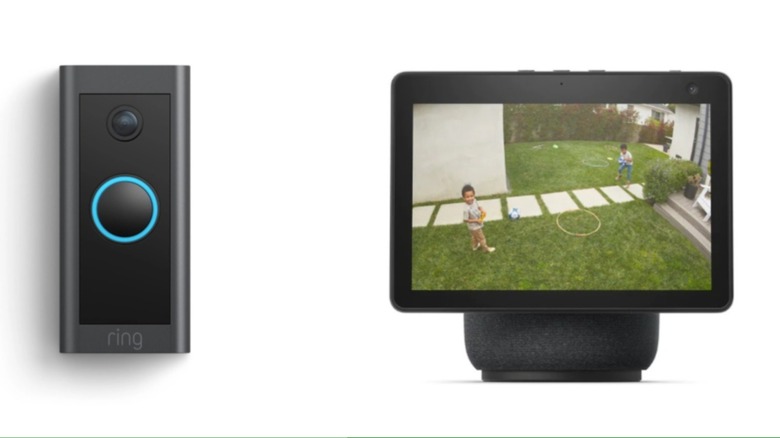Ambient Computing Explained: What's It All About?
Technology has transformed daily life with increasingly more sophisticated and intelligent tools. The advances made in connected smart devices with complex sensors and expansive voice command features make a modern home the realization of science fiction from decades past. The concept of networked devices that communicate with each other over the Internet is called IoT (The Internet of Things). According to Oracle, upwards of 7 billion IoT gadgets are currently in operation, with an expectation of 22 billion in 2025.
So, is ambient computing considered part of the IoT, or are they separate technologies? Ambient computing differs from IoT as it describes devices that run in the background and make decisions based on the information received. IoT products like smart bulbs you can control via an application on your smartphone only use ambient computing if the bulbs sense darkness and light up on their own. The two concepts work in tandem, but the difference is that ambient computing acts on the information it receives, making autonomous decisions.
While the technology is very impressive, some cautious observers can't help but wonder if this is leading toward some form of dystopian future. At the very least, there are some worries about privacy, with mega-corporations eager to gobble up personal data.
Are you using devices with ambient computing?
You may be using several products capable of ambient computing as its use is expanding, especially in devices around the home. For example, the Ring doorbell incorporates a virtual A.I. assistant and Amazon Alexa can be set up to answer the door for you, even asking the guest multiple questions. So, upon pushing the doorbell, a visitor will be greeted: "Hi, this is Alexa. May I know the purpose of your visit"? Depending on the human response, it will make autonomous decisions. If the person at the door explains they are delivering a package, for instance, Alexa will ask whether a signature is required and then provide instructions on where to leave the items. This advanced video door chime is capable of even more functions you probably never knew the Ring doorbell could do.
Other devices like the Echo Show 10, which features both a voice-controlled speaker and a display screen, demonstrate ambient computing. The Echo's screen senses where you are in the room and automatically moves to face you while listening to the environment for voice commands. Products with learning ability, such as a thermostat that understands your preferred temperature or can sense when you're not home and shut off, use ambient computing. If this makes you a bit uncomfortable, there are ways to tell if your Amazon Echo is spying on you and what you can do about it.
Is ambient computing promising technology or the stuff of nightmares?
Depending whom you ask, ambient computing can be hailed as the next exciting leap in automation or a severe breach of privacy. However, the truth is that ambient computing technology is a bit of both. On the one hand, smart home devices have made things more accessible, more convenient, and more efficient. Not having to bother with changing settings on the thermostat or needing to explain to couriers where to put packages allows you to focus elsewhere. And these ambient computing applications are just beginning to scratch the surface of what's possible.
However, with access to the inside of your home, what about privacy and security? In the last year alone, major companies like SONY, Verizon, T-Mobile, American Airlines, and Activision have all suffered data breaches, according to Tech Co. Beyond hackers, what about the companies that make these devices that use ambient computing? Since many of these products can see and hear you, some skeptics of the smart home movement wonder where that information goes. Ultimately, the market will decide, with shoppers either increasingly embracing these products or shying away.
For now, consider your basic options for ensuring your online privacy, and start with one of the most secure browsers for maximum web privacy.


